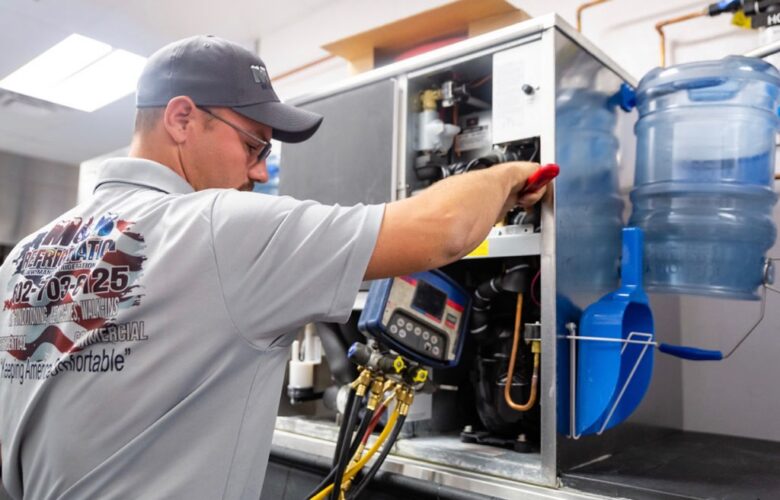Few of us have the disposable income to create a backyard paradise without first financing at least some of the purchase of the required supplies. It’s a big bet on your house and your way of life. This post delves into one method of pool financing that we often advise our clients to avoid, and then presents a summary of the five most effective methods currently on the market. An additional perk is that you may use the same methods to fund your swimpool, which is also known as an endless pool. The expression is often used.
What Would Be Your Considerations?
Taking into account the current interest rates is the single most important piece of advice that can be given in regards to pool financing.
It’s crucial to think about how you’ll be paying for your backyard pool or swim spa, and the interest rate you’ll be paying is a major factor in that. This is due to the fact that an increase in the interest rate will cause an increase in the overall cost of your project. This is because doing so will result in higher project costs overall. The interest rate you’re paid will depend on a number of variables, some of which are out of your control in swimming pool financing. So you can make up your mind.
Secured loans and unsecured loans are the two main categories of credit available. A secured loan is one in which you request for financing and back the money you borrow with something of value that you already possess. The house is the most common example of this kind of asset, although it may also relate to other personal property. In the case of default on a debt, the creditor is legally entitled to seize all or a part of the collateral in order to collect any outstanding balance. You may get a better interest rate since the lender is willing to take on less risk because of your intention to utilise the asset as collateral. The lender will assume less of a risk if you offer to utilise that asset as security. Interest rates for unsecured loans are often substantially higher than those for secured loans since the lender has no collateral to seize in the case of default.
Funding home improvements using money borrowed from a bank or credit union
If you apply for and are granted a loan to make improvements to your home, the whole amount of money you will get will be determined from the outset and disbursed to you all at once. You may repay the loan by making instalment payments on the loan’s principle and interest for a certain number of years.
Conclusion
You might potentially apply for a loan or line of credit based on the value of your home’s equity. In the case of a home equity loan or line of credit, the borrower’s equity in the property serves as collateral for the loan, guaranteeing repayment to the lending institution.




